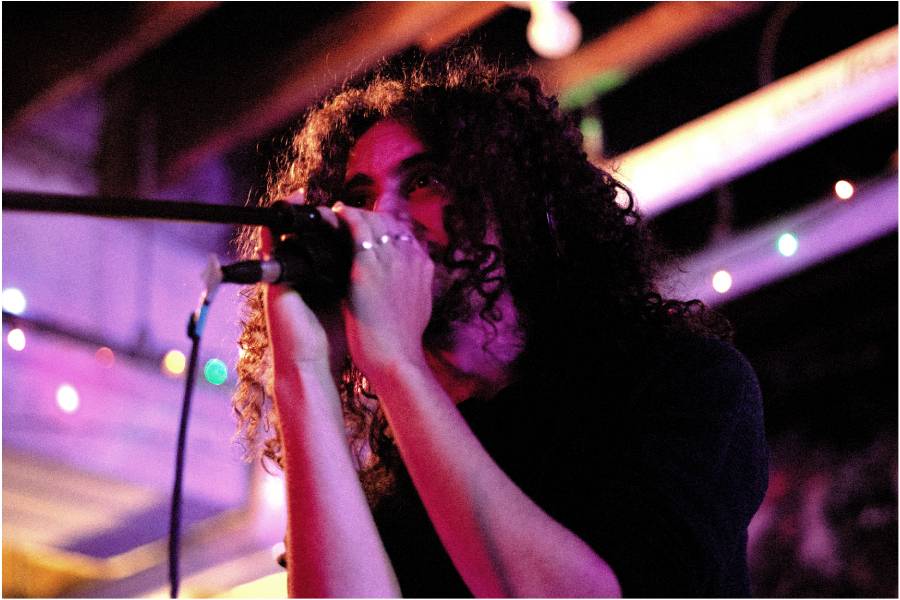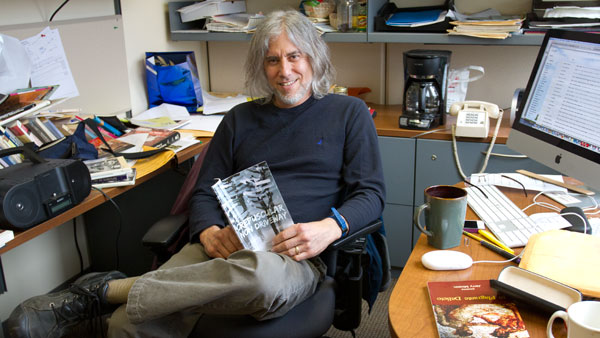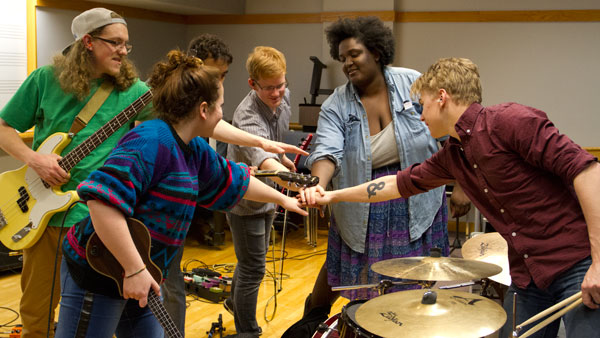The newest cop film, “End of Watch,” delivers thrills with high intensity. Directed by David Ayer, the writer of “Training Day,” “End of Watch” combines wild and shocking action with a character-focused story and two strong leads.
“End of Watch” follows the partnership of L.A. hotshot cops Brian Taylor (Jake Gyllenhaal) and Mike Zavala (Michael Pena). As part of a filmmaking class Taylor attends between shifts, he records the pair’s lives, including their experiences on the job and their personal lives with Zavala’s wife Gabby (Natalie Martinez) and Taylor’s girlfriend Janet (Anna Kendrick). However, their bliss doesn’t last forever. A Latino gangster, nicknamed Big Evil (Maurice Compte), tries to hunt the pair down after they arrest a series of wealthy, well-connected gangsters.
The two leads embody the roles of not just cops, but close brothers. Their natural dialogue and carefree composure around each other imply the depths of their partnership. But while Pena’s character arguably stands as the more heroic of the two, Gyllenhaal easily steals the show in the slower scenes in a police cruiser or at Taylor’s wedding. He clearly depicts transitions from confident and jovial to angry and anxious through his body language. Gyllenhaal often out-acts his partner in crime, but there are still parts where the performances complement one another — for example, when they interact at Taylor’s wedding.
While the heroes have depth and complexity, the villains are chock full of cliché. When profanity drops between every other word during the gangsters’ conversations, it comes across as ridiculous, if not offensive. Fortunately, the film provides only a minimal perspective of the gangsters, such as their view before and after a drive-by shooting.
The movie’s action sequences steal the show and drive it like a police car after a criminal. The film’s opening sends audiences straight into the dashboard cam of a wild police chase through L.A. streets. The shots get very shaky, especially in some of the earlier sequences. Though they may authentically symbolize a visceral chaos that adds realism, they can be disorienting to the audience. Scenes of nightmarish rural homes and an extremely grievous and unforgettable knife wound pop with instantaneous agony, while house raids and a nervous conversation with a gangster slowly boil with tension. Though these sequences are atypical and attention grabbing, they provide a gruesome and gritty style that overpowers the substance of the cops’ bond.
The film does have some issues in its camera work and its compatibility with the story. Taylor mentions early on how he films everything, establishing the film as part of the handheld genre. But it seems “End of Watch” breaks this form too easily and frequently for convenience. Raids are shot with the handheld or portable cameras at times, but then there are plenty of impossible shots showing both of the characters. The film jumps between handheld and non-handheld shooting, which can be irksome and disruptive. This is especially the case in a love scene, where the movement of the camera and the frequency of earlier handheld shots can feel as if a third person is awkwardly in the story filming the intimate scene.
“End of Watch” flaunts a violent energy and raw attitude toward its subject matter. Though the film can teeter when trying to balance between its storylines, “End of Watch” does maintain a high tempo and an empathetic story of brotherhood.
Overall rating: 3 stars
‘End of Watch’ is about two cops who try to escape a local group of gangsters.




